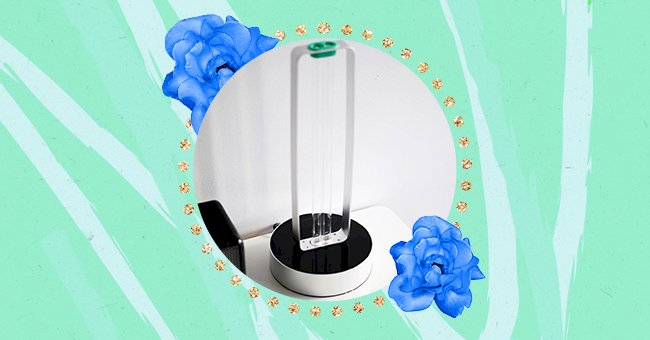
A comprehensive guide to understanding how UV lights disinfect surfaces
The novel Coronavirus has made us aware of just how unsanitary our life before masks and sanitizer was. Now needing to disinfect all surfaces, is there an easier way?
Our lives pre-covid were pretty relaxed; we didn't have to fear for our lives every time someone coughed or sneeze around us. We could touch each other without second-guessing if we could trust that a person could be a carrier.
Having to disinfect all surfaces and products before we take them into our homes has become a new norm. But with new technology, we may have a new way of disinfecting surfaces, more manageable than spraying and wiping surfaces with sanitizer after every use.
How Does It Work?
UV lights are artificial lights created to mimic the sun's natural UV radiation; the three types of radiation are UV-, A UV-B, and UV-C. Where sanitizer only reduces the number of germs on a surface, UV lights eliminate germs.
UV-C radiation is needed for the successful disinfection of surfaces. This radiation goes through bacteria and destroys their DNA, making them unable to reproduce and thus leads to their death.
Where Is It Used?
UV lights are used in hospitals to disinfect operating rooms and kill harmful bacteria that are common causes of postoperative infections. The hospitality industry has found a use for UV light disinfection to prevent the coronavirus from spreading in hotels.
Because of its effectiveness, airline companies consider installing UV light inside airplane bathrooms to disinfect surfaces after each use. Outside of hospitals and hotels, UV lights have become available for public use; available in different sizes; they can sanitize household items like toothbrushes and phones.
How To Use UV Sanitizer
You should use UV lights on objects without surface areas where the light can't touch like a watch or cellphone; otherwise, it won't be very effective. Start by washing your hands, and then put your object in the UV light for a complete cycle.
After the first cycle, turn objects over onto a disinfected surface and run the light for a second cycle. This should ensure that both sides of your item are disinfected.
Is It Dangerous?
Over the last year, UV light commercial products have become readily available online. UV-C is harmful to the skin and eyes, so buying lights where you will be protected from the rays when the light is in use is essential.
UV wands are a cause for concern as they can expose you to UV-C rays. Since UV lights need a few minutes to complete a cycle of disinfection, UV wands should have about 260 nanometers range and give a specific duration of no more than seconds to achieve disinfection without exposing you to radiation!